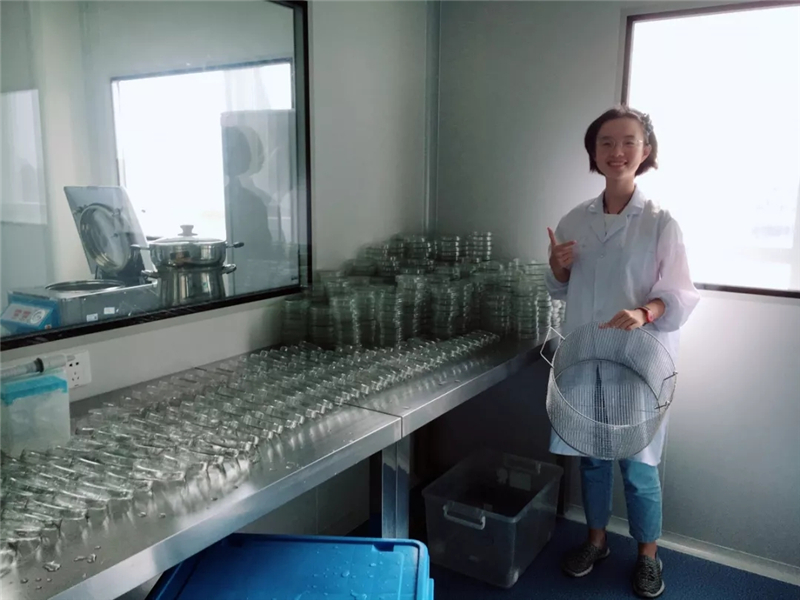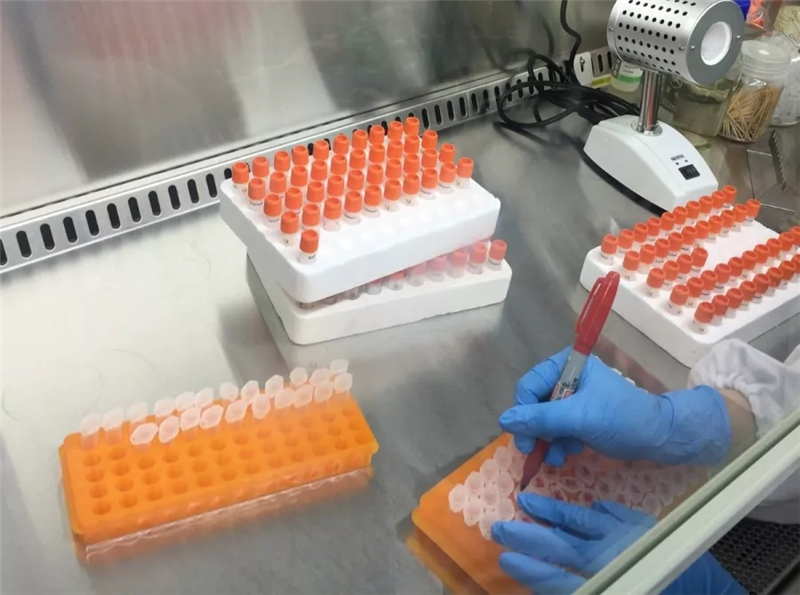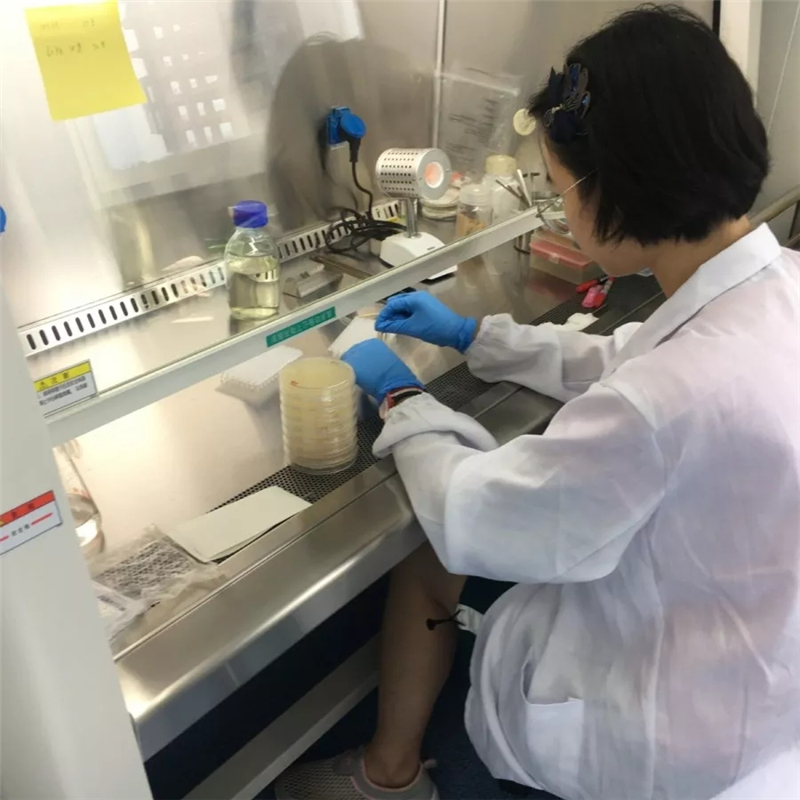导航

Internship in the New Zealand -- Chinese Kiwi Fruit Joint Test Base
中英图文by Mary Wu
In order to enrich my extremely poor social practice experience, this summer vacation, my classmates and I finally seized the opportunity to start a 7-day internship in "New Zealand -- Chinese Kiwi Fruit Joint Test Base", Science City of Tianfu new district.
为丰富我那极其贫瘠的社会实践经历,这个暑假,我与同学终于抓住机会,开始了在天府新区科学城“新西兰---中国猕猴桃联合试验基地”为期7天的实习。
As a state-level comprehensive functional area that president Xi pays close attention to, Tianfu new district has been occupied by six major industries including electronic information, automobile manufacturing, new energy, new materials, bio-medicine and finance since 2012. Seven years later, it has become an important node in the construction of "One Belt And One Road" and the development of the Yangtze river economic belt. The kiwi laboratory located in the north side of Xinglong Lake was set up in the boom of new district development.
作为被密切关注的国家级综合功能区,自2012年起,电子信息、汽车制造、新能源、新材料、生物医药、金融六大产业陆续在天府新区落户,7年后的今天,它已成为“一带一路”建设和长江经济带发展的重要节点。位于兴隆湖北侧的猕猴桃实验室便是在新区发展的热潮中建立的。
The focus of my internship was on the analysis of the pathological pest and pathogen culture of kiwi fruit, and I had the opportunity to go into the pathological analysis room, nucleic acid extraction room, PCR room and other laboratories to study the character and genes of samples. Here, the researchers analyze the leaves and branches of wild kiwifruit from Jiuzhaigou, Dujiangyan and regions along the Yangtze river to find pathogens (usually bacteria or fungi) and collect them in the Kiwifruit Gene Bank.
我本次实习的重点是关于猕猴桃病理虫害的分析与病原体培养,走进了病理分析室、核酸提取室、PCR室等多个研究样本性状与基因的实验室。在这里,研究员们对来自九寨沟、都江堰及长江沿岸的野生猕猴桃枝叶进行病理分析,找到对口病原体(一般为细菌或真菌),并收集在猕猴桃品种基因库中。

The first few days were the first purification of the bacteria. We sterilized the collected kiwi leaves and sealed them in the sterilizing laboratory bag. After adding a small amount of normal saline, the leaves were pounded and crushed until the juice spilled, and then let stand for 4 hours. A little supernatant was dipped in with a biological marker and spread on the petri dish.
Because the growth cycle of bacteria was fast, large visible colonies can be produced in a single night. Since most of the leaves have more than one pathogen, secondary and tertiary purification is very crucial. The principle is simple: select individual similar colonies from the first purified diverse bacteria and reproduce them until the colonies grown in the petri dish are identical in color and state.
最开始的几天,是病菌的首次提纯。我们将采集回来的猕猴桃叶片消毒,密封在灭菌的实验袋中。加入少量生理盐水后,将叶片捣烂压碎至汁水溢出,静置4小时,用生物划线笔蘸取少许上层清液并分区涂抹于培养皿上。
细菌生长周期较快,一个晚上便可繁殖出大片肉眼可见的菌落。由于绝大多数叶片上的病原体不止一种,此时的二次、三次提纯便至关重要。原理很简单,选取首次提纯后的多样细菌中单独的相似菌落进行再繁殖,直到培养皿中生长的菌落颜色、状态完全一致。
When a single, purified strain was obtained, it is an important step to preserve the isolated strain for a long time. In just one day, we needed to preserve more than 300 samples in normal saline, glycerin, and potassium culture solution, and ensured their absolute purity.
Because of the need to avoid all foreign bacterium contamination, the operation of the instrument, the angle of the body, and even the movement of the hands are placed in strict requirements, which is undoubtedly a very difficult test for the experimenter.
当得到单一、纯化后的菌种后,将单独菌种长时间保存也是重要的研究步骤。短短的一天里,我们需要在生理盐水,甘油,及含钾培养液的条件下保存300多件样品,并确保其绝对纯净性。
由于需要避免一切外来细菌的污染,操作器械的动作、身体倾斜的角度、甚至每一步双手的安放都有严格的要求,这对实验员无疑是极有难度的考验。
Such basic survey sampling is a required course for basic laboratory researchers. In the research process of more than 10 years, the kiwi laboratory has collected tens of thousands of branch and leaf samples, and formed more than 2 million resource evaluation data. This is essential for understanding the pathologic solutions of all kiwi varieties.
这种基础的调查取样是实验室基础研究员的必修课。在长达十余年的研究过程中,猕猴桃实验室已经采集了上万件枝叶样本,并形成了200多万条资源评价数据。这对于掌握所有猕猴桃品种的病理解决方案是至关重要的。
Although the basic sampling and observation work may seem tedious and simple to researchers, I finally realized the importance of it to those who engaged in genetic engineering and crossbreeding in the future. In every scientific research work, repetitive and boring basic research in the initial stage is an important step to understand the development law of things and clarify the growth needs of things.
虽然基础的取样、观察工作在研究员们看起来冗长而简单,但我却意识到了这对于日后从事基因工程、杂交育种人员的重要性。在每一项科研工作中,初期重复、枯燥的基础研究是了解事物发展规律,明晰事物生长需要的重要步骤,只有奠好了基石,未来才会有丰收的硕果。

It takes at least five years to develop new kiwi varieties, from screening, hybridization to results. Due to the lack of national scientific research funds, more and more "high platform, low threshold problems" start to appear. Graduates are more willing to work in foreign companies, sino-foreign joint ventures and large pharmaceutical enterprises with high salary, and are dismissive of domestic independent scientific research institutions with low income and long working cycle.
I wish the state would allocate more funds to research enterprises, so that more talented and thoughtful young graduates could devote themselves to independent and self-sufficient national research projects, making more contributions to the prosperity of the technology and innovation of China.
培育猕猴桃新品种,从筛选、杂交到结果,全过程需要最少5年的时间。由于国家科研资金不足,越来越出现“平台高,门槛低的问题”。毕业的大学生们更愿意去到外企、中外合资的高薪酬大型医药企业工作,对于收入低,工作周期长的国内自主科研单位不屑一顾。
真希望国家在科研企业资金分配比例更大一些,让更多有才华,有想法的年轻毕业生投身到独立自强,自给自足的国家自主科研项目之中,让国家科技创新得到质的飞跃。